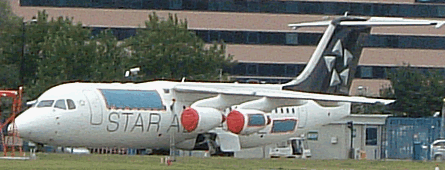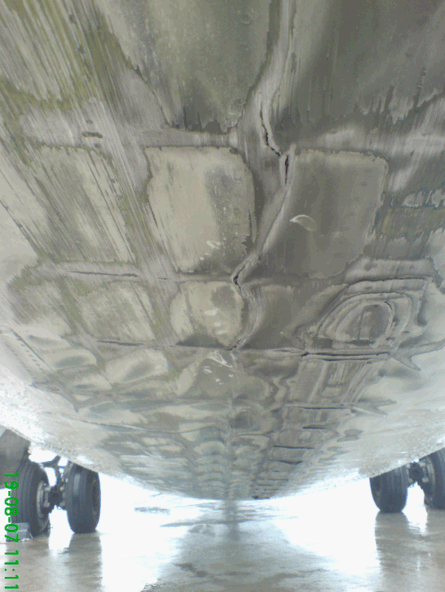Inquiries into the hard landing which badly damaged a Swiss-operated BAE Systems Avro RJ100 at London City a year ago have shown that a wind shift, combined with below-target approach speeds, led to a sudden sink before touchdown.
The pilot attempted to arrest the sink by instinctively pitching the nose up to 9.3°, resulting in a tail-strike before main-gear touchdown which cracked nine frames in the aft fuselage, damaged stringers, and extensively abraded the skin.
Although the Swiss International Air Lines RJ100's approach to runway 28 had been stable and carefully monitored, the Air Accidents Investigation Branch says that reference calls by the first officer show the jet was "generally below" target speeds.

It emphasises the need for a "high degree of accuracy" when conducting steep approaches, especially with regard to final approach speeds.
The jet was about 4kt below target at 35ft height when the pilot retarded its thrust levers. At around the same time, the southerly wind shifted from having a headwind to a tailwind component.

"The aircraft was already in a low-energy state," says the AAIB. "Then the thrust was reduced and this reduction, and the loss of headwind component, both made the situation worse."
Swiss International Air Lines has reassessed the risk level of operations into London City since last year's 18 August accident, amended some of its standard operations procedures, and introduced additional simulator training.
Its internal probe into the event recommended changing the minimum speed for steep approaches, and requiring the non-flying pilot to call out pitch attitudes above 5°.
Source: Air Transport Intelligence news



















